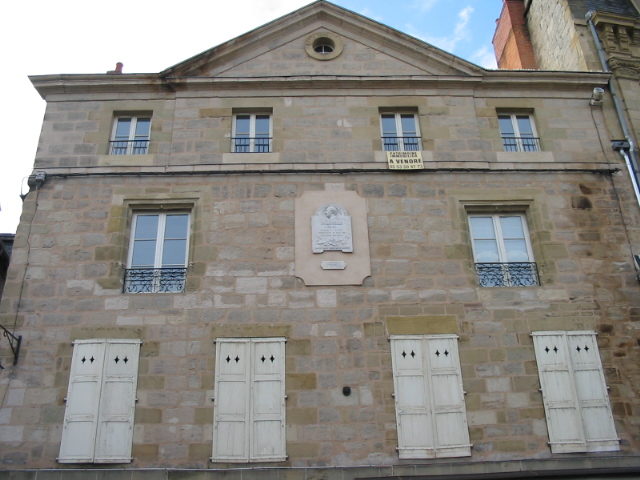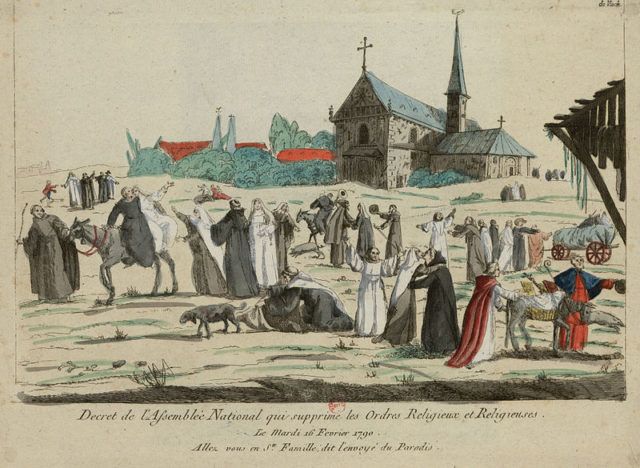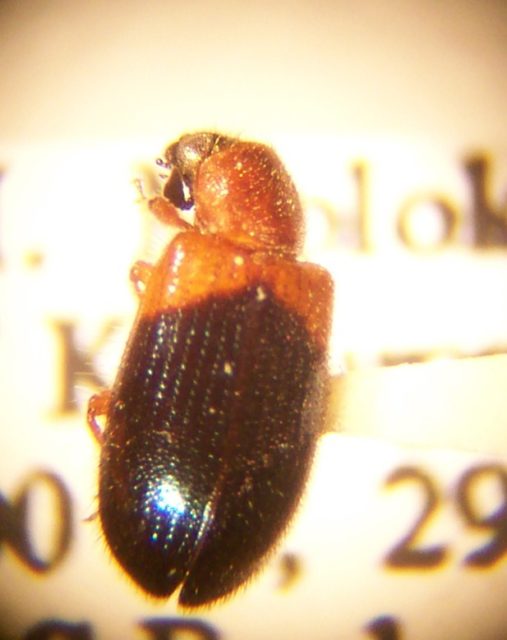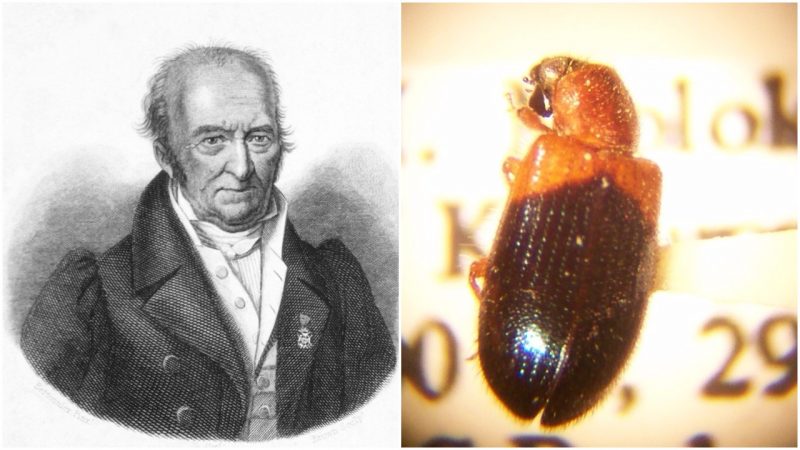Pierre Andre Latreille was a French zoologist now praised for his contributions to the field of entomology, the scientific study of insects. In his later years, Latreille was a greatly respected member of the scientific community: zoologists worldwide considered him the foremost entomologist of the time and even nicknamed him the Prince of Entomologists. When George Cuvier, a pioneering zoologist and naturalist of the early 19th century, wrote his canonical work The Animal Kingdom, he asked Latreille to write the entire volume on arthropods, the only part of the monumental work that wasn’t written by Cuvier himself.
Latreille suffered a number of crises on the way to becoming a renowned scientist, and narrowly escaped execution during the French Revolution.
His birth was controversial. He was the illegitimate child of a nobleman named Jean Joseph Sahuguet d’Amarzit, who held the title of General Baron d’Espagnac. Illegitimate children were sometimes seen as a disgrace for noble families, so general Baron d’Amarzit denounced Latreille.

Orphaned as a young child by his mother, whose identity is unknown, Latreille was fortunate enough to be taken under the protection of several influential people, including a physician, a wealthy merchant, and a baron from Latreille’s hometown of Brive. Encouraged by the baron, who adopted him, Latreille enrolled at the College du Cardinal Lemoine and studied to become a priest. During his studies he developed an interest in natural history and began researching arthropods; he was particularly obsessed with insects.

Although Latreille became a deacon and was officially qualified to preach, he never became a practicing minister. Instead, he devoted his life to the study of insects; he received private lessons in zoology and botany and spent the majority of his time catching insects around Paris and publishing essays on entomology. However, Latreille’s status as a Catholic priest put him in peril during the French Revolution.
In 1790, the newly established democratic government of France passed a law named the Civil Constitution of the Clergy, which called for the immediate subordination of the Catholic Church in France to the democratic government. In the following two years, all Catholic priests were legally required to swear an oath of allegiance to the state.
Latreille was preoccupied with his scientific research and, since he wasn’t a practicing minister, he never bothered to swear the oath. In November of 1793, it was discovered that Latreille never swore the oath of allegiance, so he was imprisoned along with several priests who had refused to do so for ideological reasons. Latreille was sentenced to death and faced execution by guillotine.

However, his life was saved by a fortunate coincidence. A month before Latreille was set to be executed, a prison doctor visited him in his cell to perform a required physical examination. The doctor noticed that Latreille was preoccupied with examining an insect on the dungeon floor. Laitreille claimed that the insect was a specimen of a rare species of beetle. The doctor was intrigued and, to verify his claim, he took the insect to Jean Baptiste Bory de Saint-Vincent, a 15-year-old local child prodigy who studied natural sciences.
Fortunately for Latreille, the 15-year old naturalist confirmed that Latreille stumbled upon a specimen of Necrobia ruficollis, a rare predatory species of beetle known as the Ham beetle, which tends to inhabit cellars and food stores and frequently feeds on rat carcasses, dried meat, cheese, and animal skins. The young naturalist was already familiar with Latreille’s contributions to the field of entomology, so he and several local scientists managed to organize the release of Latreille and one of his cellmates who was also a zoologist. Latreille and the one lucky cellmate were saved from death: all other inmates were executed within a month of Latreille’s discovery.

After he was released from prison, Latreille continued researching insects and gradually became famous as the greatest French entomologist of the time. He briefly worked as a teacher and then as a curator at the arthropod section of the Natural History Museum in Paris.
Finally, in 1814, he became a full member of the renowned French Academy of Sciences. He founded the French Society of Entomology and served as its honorary president for the rest of his life. In 1821, he became a knight of the Legion of Honor, which is the highest French order of merit for military and civil merits, and received worldwide acclaim for his scientific research.
